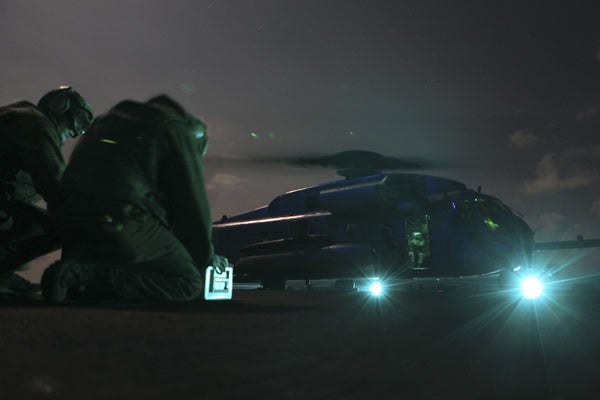Ten Disturbing Facts: What Today’s Defense Cuts Mean for America
Mike Brownfield /
Defense Secretary Leon Panetta today laid out details of a plan to cut a half a trillion dollars from defense spending. That’s in addition to the half-trillion in cuts required under the Budget Control Act.
The Wall Street Journal reports that, as part of the plan to cope with funding cuts and reduced troop levels, the U.S. military plans to increase the U.S. fleet of unmanned drones by 30 percent and increasingly rely on special-operations teams based around the globe. Unfortunately, that won’t be sufficient to manage America’s defense needs. The following facts are important to bear in mind as Panetta lays out the stripped-down strategy:
- We are returning to ground forces levels we had under Clinton when the Army strained and scrambled to execute smaller missions like Kosovo and Bosnia—let alone significant ground force operations.
- Special operations are a scalpel, not a Swiss army knife. They are not an “easy-button” substitute for the many security missions the United States undertakes worldwide.
- Special operations are most effective when launched with the backbone of support-providing conventional forces. The U.S. Navy’s presence was essential in Somalia, the Air Force’s support in the first phase of Afghanistan, and the Army’s muscle during the surge in Iraq. Special forces without robust conventional forces is like a wide receiver without a quarterback and a line. It’s a return to Desert One.
- Shrinking Army units and trimming capabilities are the classic hollowing-out techniques that led to the hollow and broken military of the Carter era.
- The problem with these cuts is that America’s enemies can count, and they’ll quickly determine that the United States won’t be able to cover its responsibilities worldwide.
- What’s not been discussed is the cutting of corners in maintenance and readiness that are bound to leave us with less capable forces.
- Fewer troops in all the services will be scrambling in a global shell game to mask the fact that the United States can’t defend all of its interests. The force will be even more stressed than at the height of Iraq and Afghanistan. Rushing two carriers to the Gulf rather than just stationing one there is first sign of the global shell game.
- By cutting the defense budget, the United States is undermining the responsiveness of its defense industrial base. In addition, without proper investments, the United States will lose technological advantages vis-à-vis its future strategic competitors.
- Spending on national defense, a core constitutional function of government, has declined significantly over time, despite wars in Iraq and Afghanistan. Spending on the three major entitlements—Social Security, Medicare, and Medicaid—has more than tripled.
- Defense accounts for less than 20 percent of the federal budget but already exceeds 50 percent of deficit-reduction efforts. And for every dollar the President hopes to save in domestic programs, he plans on saving $128 in defense.

